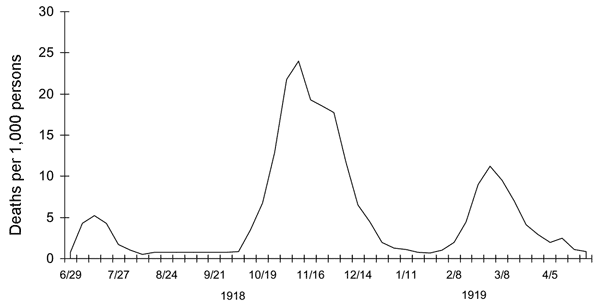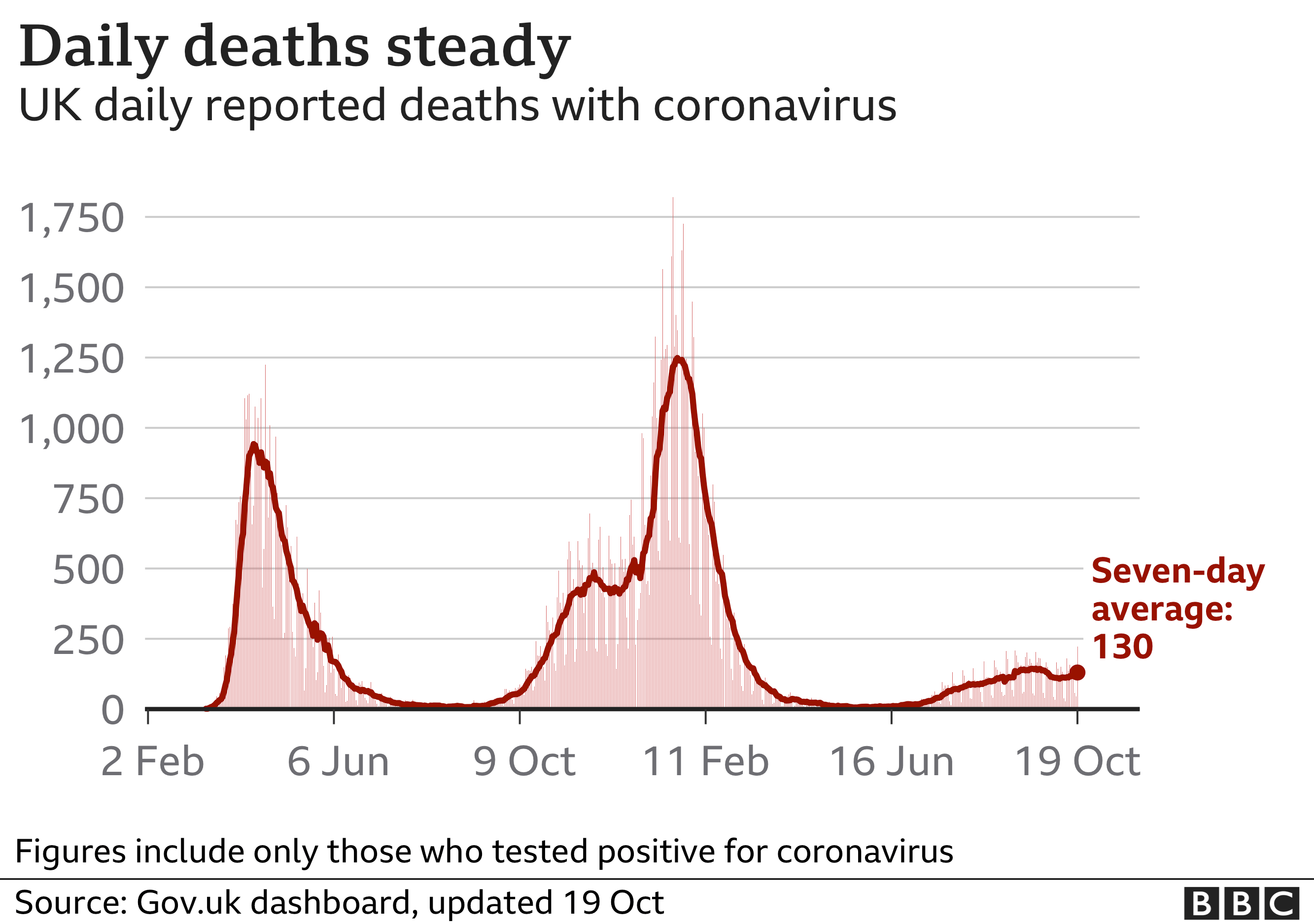Soon, his lab was analyzing swabs, shipped on ice by courier overnight. On Dec. 1, he emailed a British scientist,
Andrew Rambaut, and asked him to review some of his early findings: a series of strange mutations on the virus’s outer surface.
Dr. de Oliveira, a Brazilian-South African scientist who sports long hair and a surfer vibe, shared his findings at a Dec. 4 meeting of the World Health Organization working group. All took notice because of the variants’ potential to disrupt the vaccine’s effectiveness.
Days later, Dr. de Oliveira recalled, Dr. Rambaut emailed him with a discovery of his own: British scientists had scoured their databases and found a similar but unrelated mutation that appeared linked to a cluster of infections in the county of Kent.
Coming two weeks before Christmas, Dr. de Oliveira immediately thought of the Lunar New Year early in the pandemic, when millions of people in China traveled far and wide for the holiday, some carrying the virus.
“It was crystal clear,” Dr. de Oliveira said in an interview. “These variants will spread nationally, regionally and globally.”
Dr. Rambaut and colleagues released a paper on the variant discovered in Britain on Dec. 19 — the same day that British officials announced new measures. The variant had apparently been circulating undetected as early as September. Dr. Rambaut
has since credited the South Africa team with the tip that led to the discovery of the variant surging in Britain.



